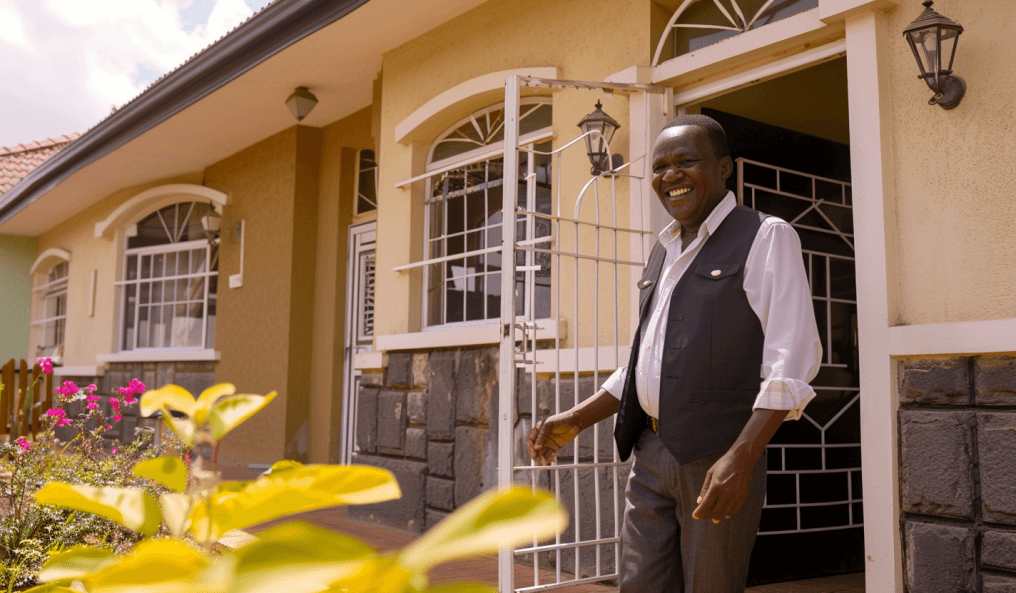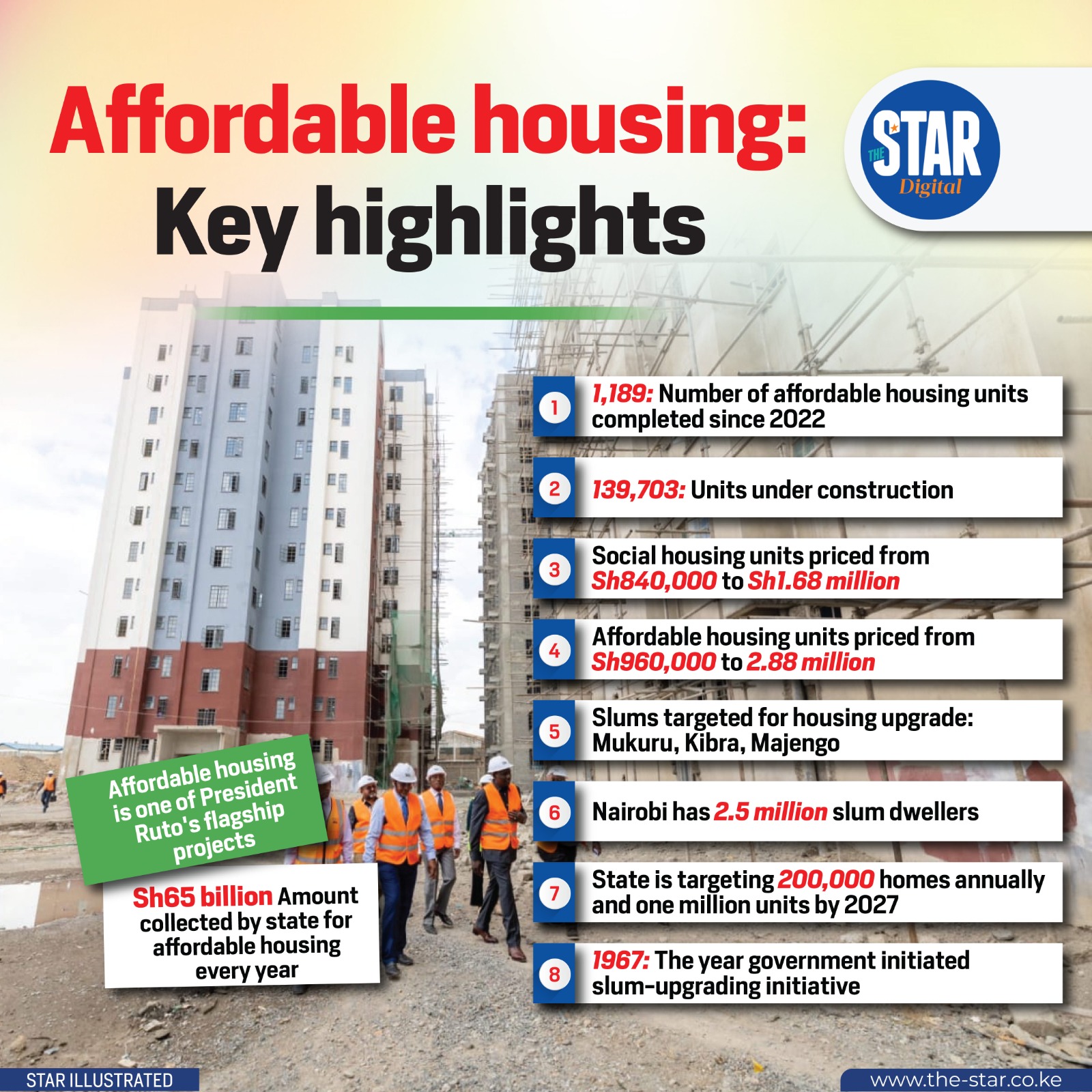The Kenyan real estate market has long been a significant contributor to the nation's GDP and a key area of investment. As we delve into 2025, the market continues to evolve, influenced by a blend of economic policies, infrastructure development, demographic shifts, and global trends. Understanding its current state and future outlook is crucial for investors, developers, and aspiring homeowners. This blog post provides an expert analysis of the health of Kenya's real estate market in 2025, highlighting key sectors, opportunities, and challenges.
1. Overall Market Performance and Resilience
In 2025, the Kenyan real estate market demonstrates resilience amidst global economic uncertainties. While some sectors experienced slowdowns in previous years due to various factors, there is a clear rebound and strategic repositioning. The market is increasingly driven by domestic demand, particularly from the growing middle class and the affordable housing agenda. Foreign direct investment (FDI) continues to play a role, albeit cautiously, favoring stable and high-yield segments.
Key indicators point to a cautiously optimistic outlook, with stable rental yields in prime locations and moderate capital appreciation in emerging growth areas.
2. Sectoral Performance: A Detailed Look
a) Residential Sector: The Driving Force
- Affordable and Mid-Market Housing: This segment remains the strongest performer. Government initiatives like the Housing Levy and KMRC's expanded mortgage limits are significantly boosting supply and demand. Developers are actively building in urban satellite towns to cater to this segment.
- High-End Residential: While luxury properties still attract niche buyers, the pace of sales has moderated. Investors are becoming more yield-focused, leading to some price corrections in oversupplied luxury areas. However, well-located, high-quality developments continue to perform.
- Rental Market: Stable, with slight increases in rental rates in desirable urban and peri-urban areas due to continued urbanization and population growth. The introduction of more affordable housing units may ease rental pressure in the low-end market.
b) Commercial Office Space: Adapting to New Realities
- Flexibility and Hybrid Work: The demand for traditional office spaces continues to adapt to hybrid work models. Co-working spaces and flexible office solutions are thriving, offering agile solutions to businesses.
- Grade A vs. Grade B: Grade A offices in prime locations still command higher rents and occupancy rates, but Grade B offices face increasing pressure to upgrade amenities or repurpose.
- Decentralization: Demand is growing for office spaces in decentralized business hubs outside the Nairobi CBD, closer to residential areas, reflecting changing commuting patterns.
c) Retail Sector: Shifting Consumer Habits
- Community-Centric Malls: Large regional malls face competition from online retail and smaller, community-focused shopping centers. Developers are focusing on mixed-use developments that integrate retail with residential and leisure.
- E-commerce Integration: Retail properties that can support e-commerce logistics (e.g., last-mile delivery centers) are gaining value.
- Experiential Retail: Focus on providing experiences (e.g., entertainment, dining) rather than just products, to attract foot traffic.
d) Industrial and Logistics: Boosted by E-commerce and Infrastructure
- High Demand: This sector is experiencing robust growth, driven by increased manufacturing, e-commerce boom, and improved infrastructure (SGR, new roads).
- Warehousing and Fulfillment Centers: Demand for modern, well-located warehouses near transport corridors is high.
- Logistics Hubs: Kenya's strategic position as a regional trade hub continues to fuel investment in logistics parks.
3. Key Drivers and Opportunities for 2025
- Urbanization: Rapid population growth and rural-urban migration continue to fuel demand across all segments.
- Infrastructure Development: Ongoing government investment in roads, railways, ports, and other infrastructure continues to unlock new development corridors and enhance property values.
- Demographic Dividend: A young and growing population with increasing disposable income creates a robust consumer base for housing and commercial spaces.
- Technological Adoption (PropTech): Increased adoption of property technology for efficient management, sales, and data analysis presents significant opportunities.
- Green Building and Sustainability: Growing investor and tenant preference for environmentally friendly properties creates a niche for sustainable developments.
- Diaspora Investments: Kenyan diaspora continues to be a significant source of investment in the local property market.
4. Challenges and Mitigation Strategies
- High Construction Costs: Fluctuation in material prices and import duties can impact project viability. Focus on local sourcing and innovative building technologies can help mitigate this.
- Access to Affordable Financing: While KMRC is bridging the gap, access to long-term, low-interest financing remains a challenge for many, especially for large-scale commercial projects.
- Regulatory Environment: Streamlining licensing and approval processes is crucial to reduce delays and costs for developers.
- Land Issues: High land prices, land fragmentation, and complexities in land tenure can impede large-scale developments. Government efforts in land banking and formalizing titles are critical.
- Economic Headwinds: Global inflation, currency fluctuations, and interest rate hikes can impact investor confidence and borrowing costs.
Conclusion: A Promising Yet Complex Outlook for Kenya's Real Estate in 2025
The Kenyan real estate market in 2025 presents a promising, albeit complex, landscape. The emphasis on affordable housing, coupled with ongoing infrastructure development and technological integration, is driving significant activity. While challenges related to financing, regulations, and construction costs persist, the underlying demand driven by a growing population and urbanization ensures continued growth. Strategic investors and developers who understand the evolving market dynamics, embrace sustainable practices, and focus on delivering value in underserved segments are well-positioned for success. The market's resilience and adaptability suggest a positive trajectory, making 2025 a pivotal year for stakeholders to leverage opportunities and contribute to the sector's sustainable growth.




